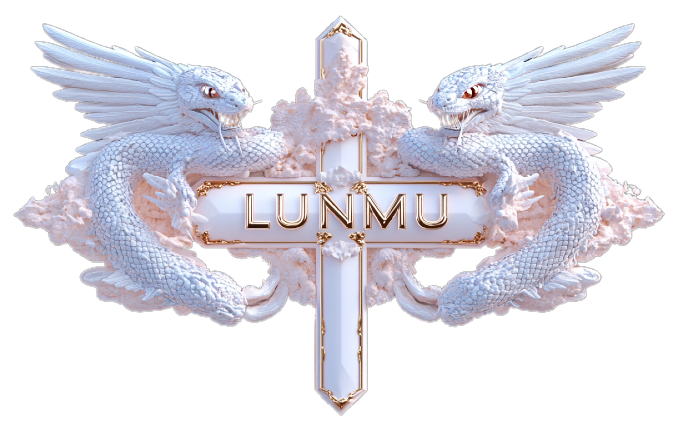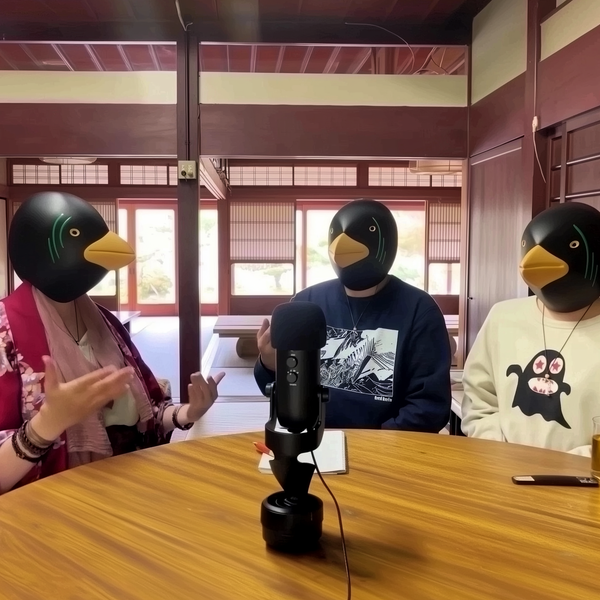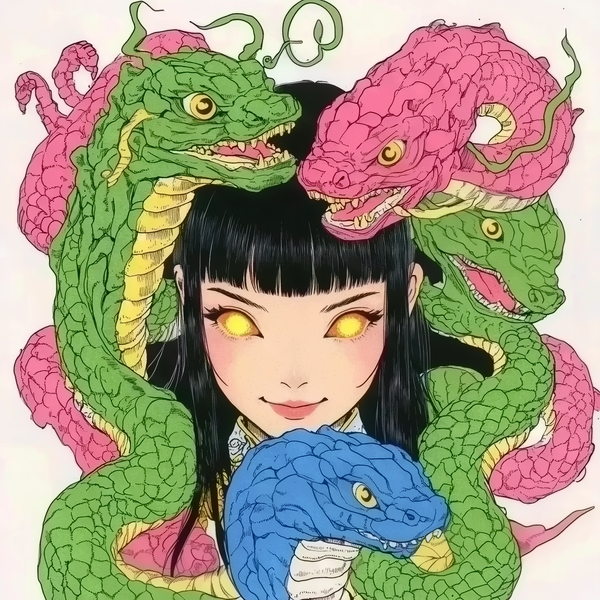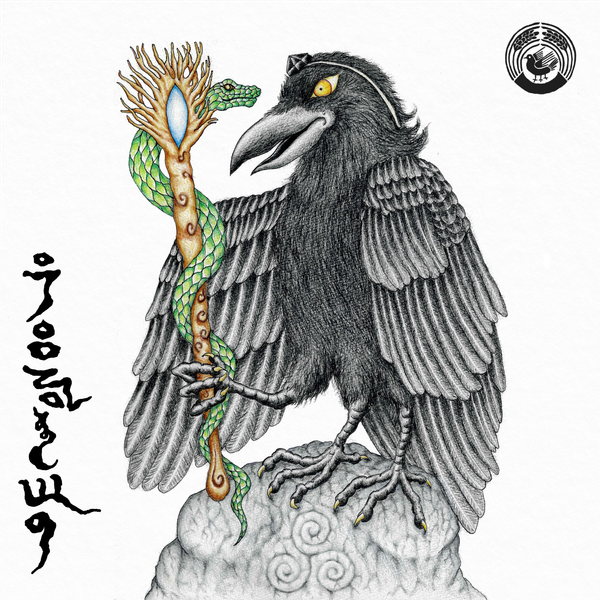An update from Kyoto
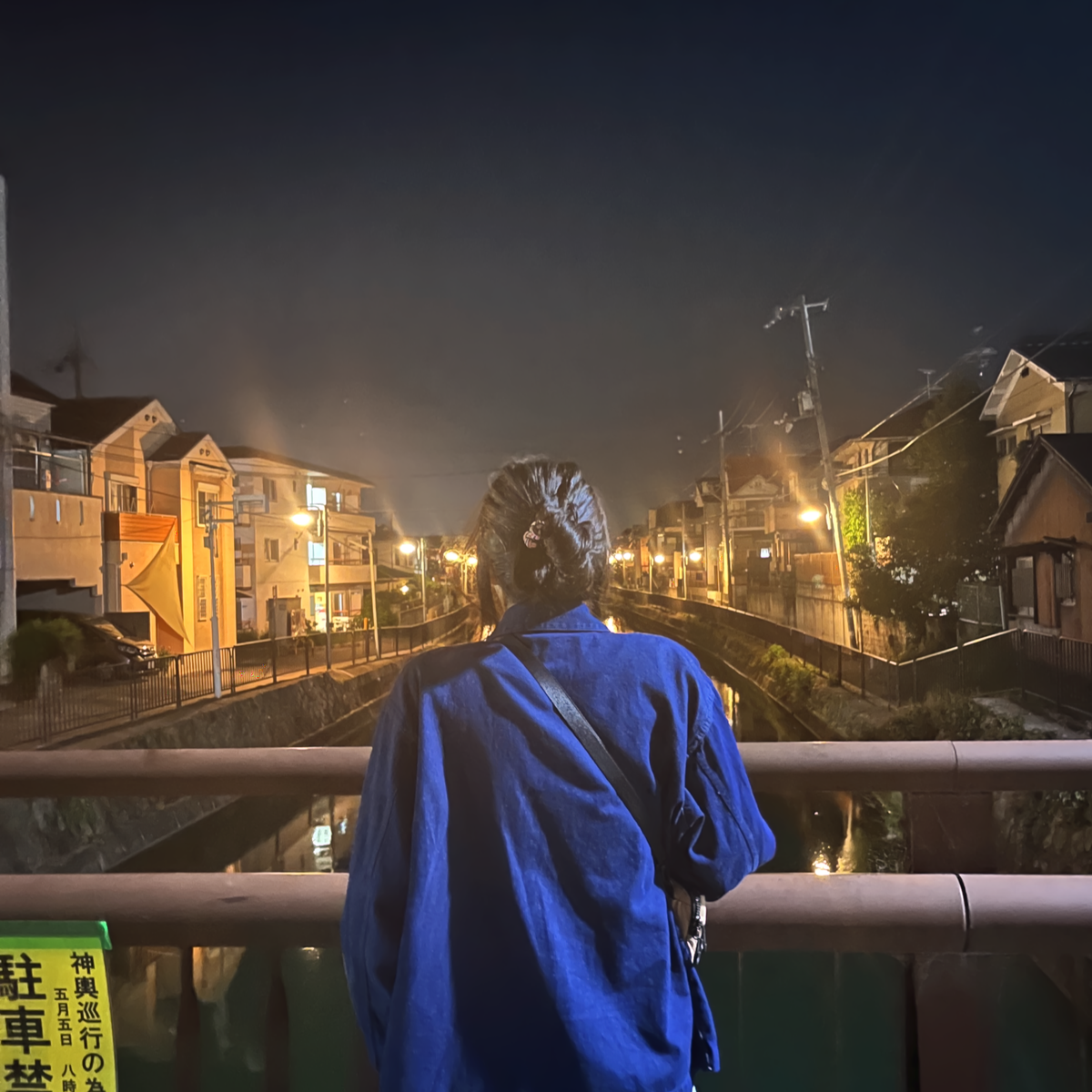
Hi everyone!
We've been a bit quiet the last month, being very busy finding and setting up our new home in Kyoto.
While it has been a very busy time getting to know a new city and learning the ropes of Japanese apartment hunting, we did have the pleasure of sneaking in a visit to an exhibition at Toji temple (東寺) by an artist that has been very dear to us: Kazuhisa Kusaba. His Tosaiga (陶彩画) ceramic paintings of Dragons, as well as Buddhist and Shinto deities, that uses a special method innovated from Arita-ware ceramic (有田焼) that he rigorously developed over 30 years, has been an inspiration for our own artworks and writings.
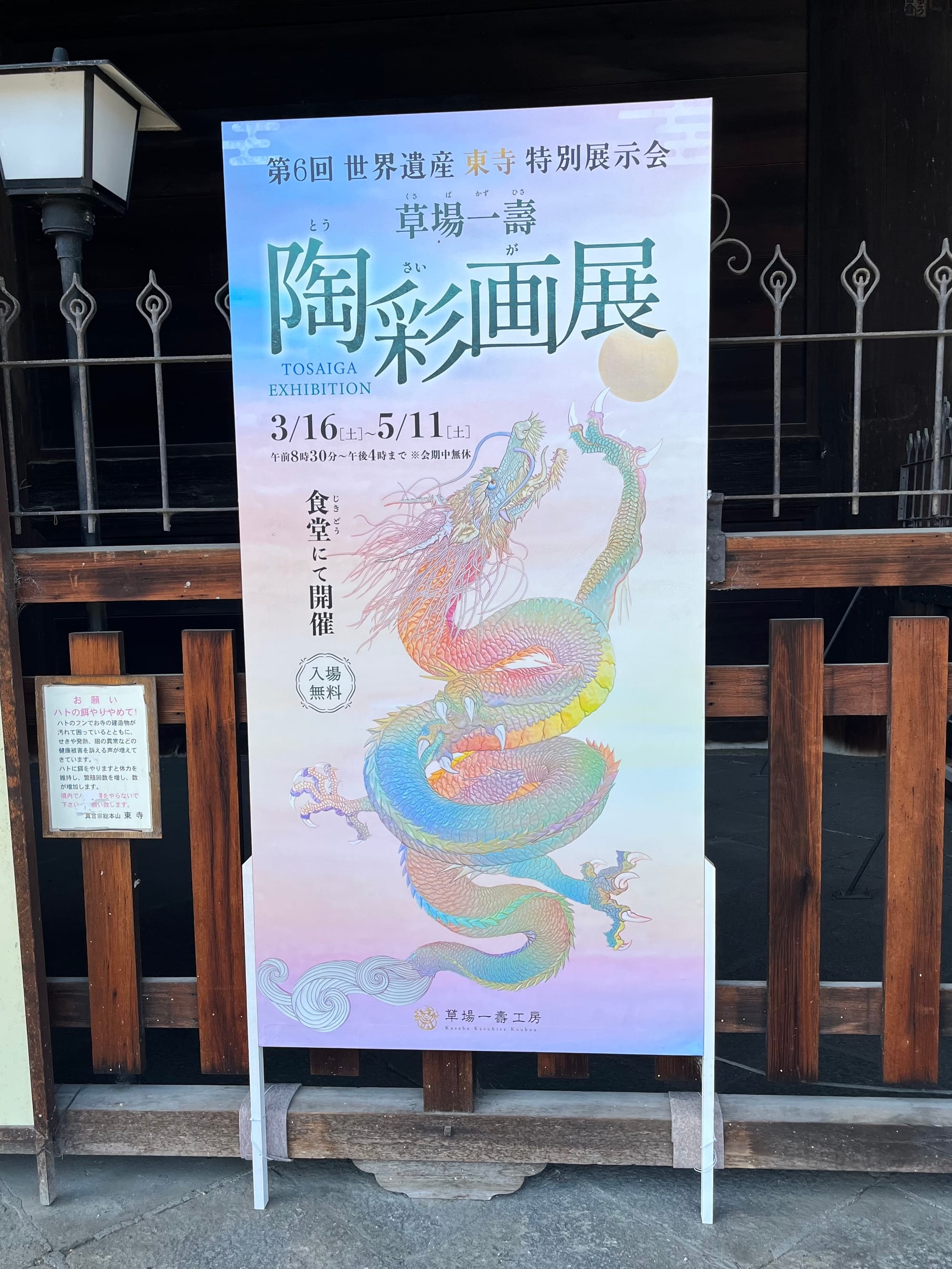
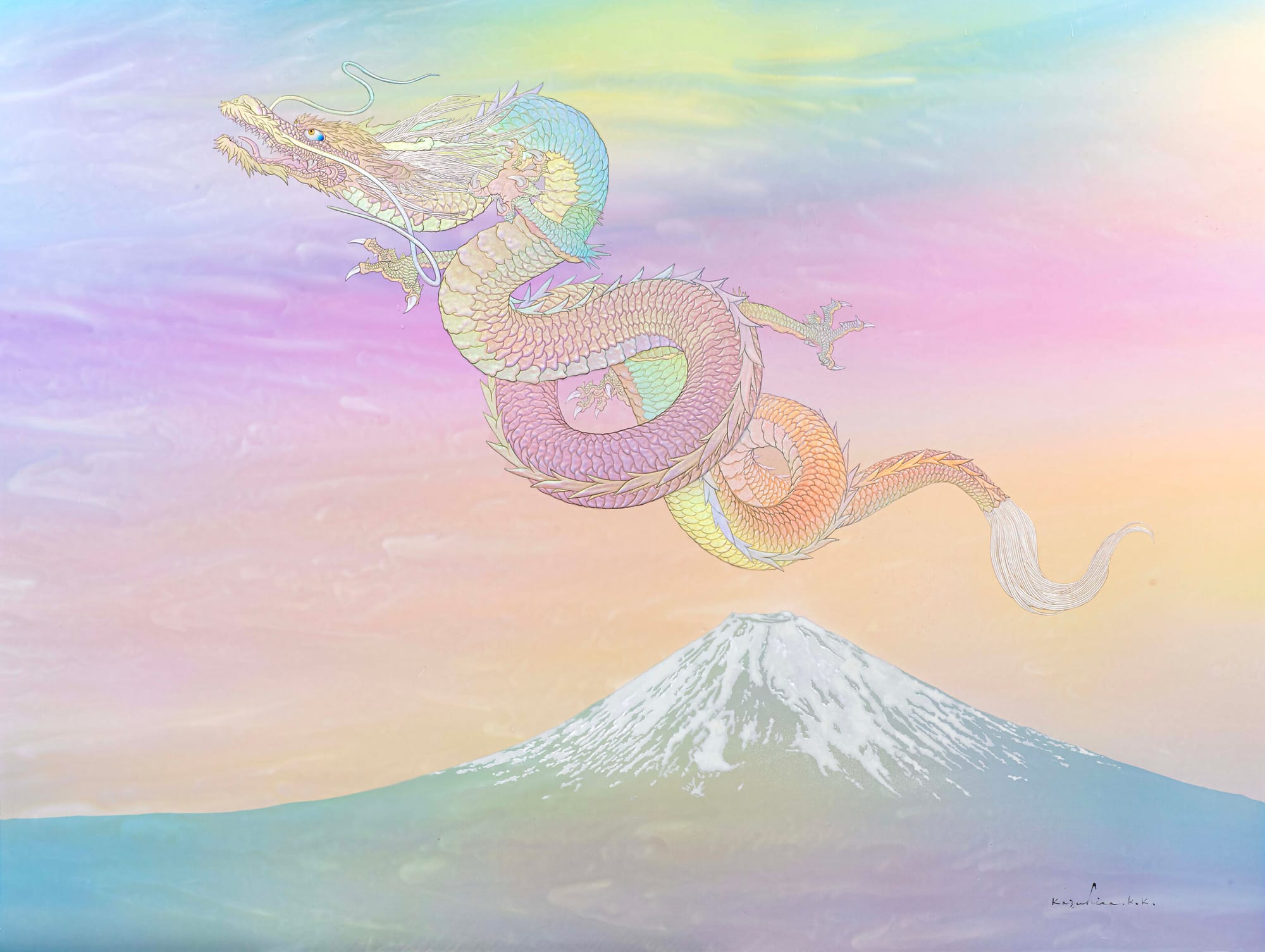
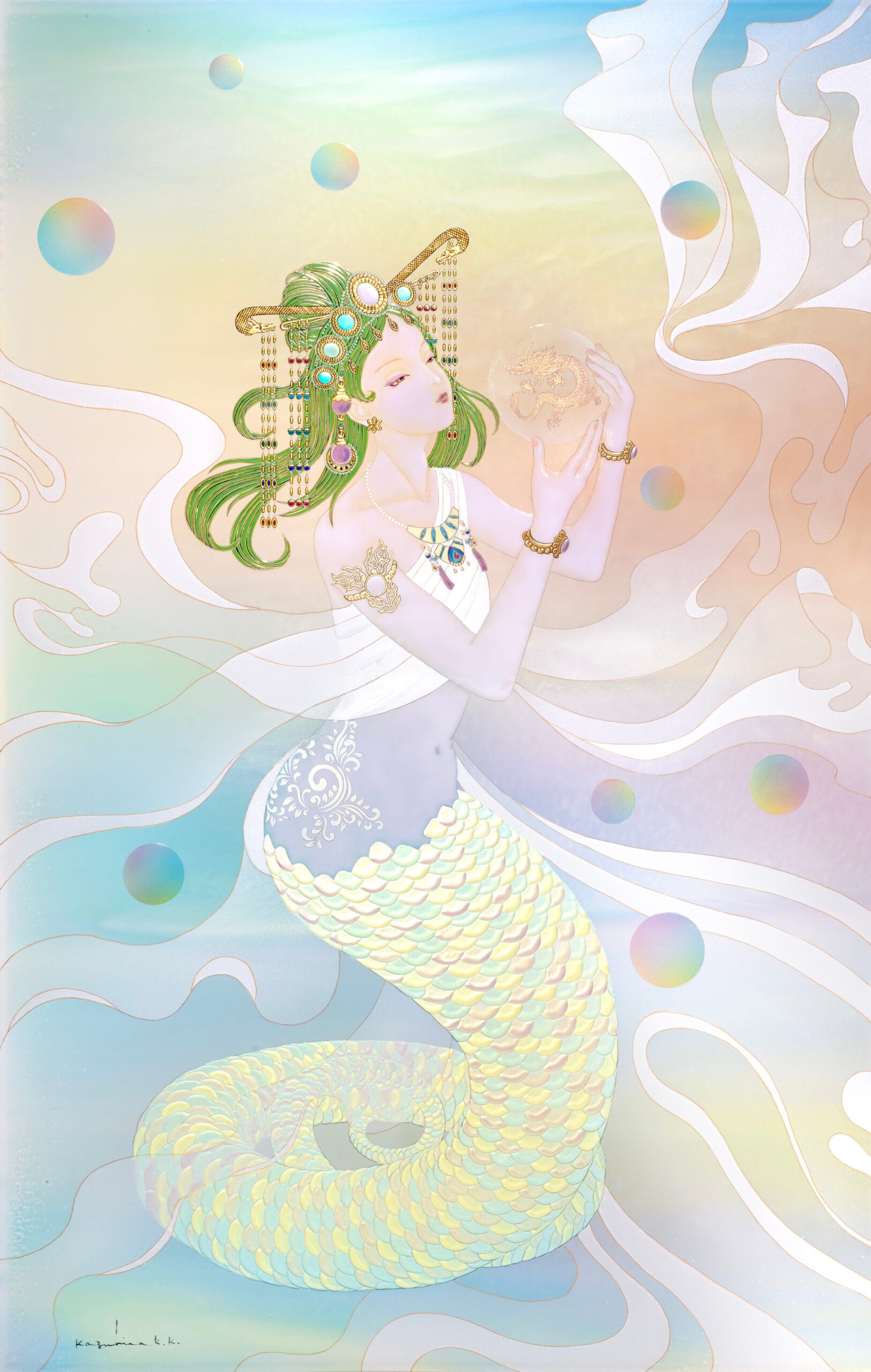
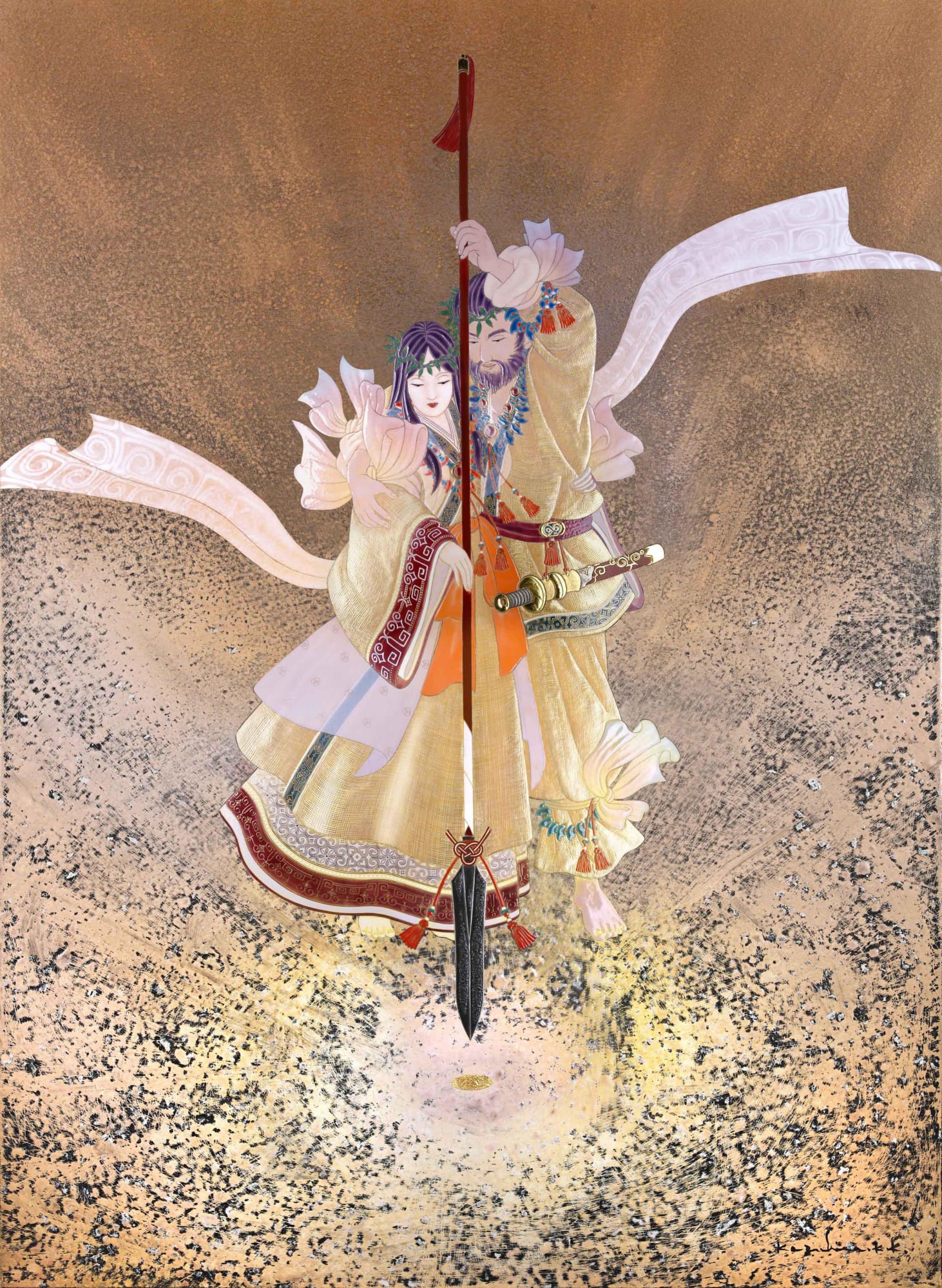
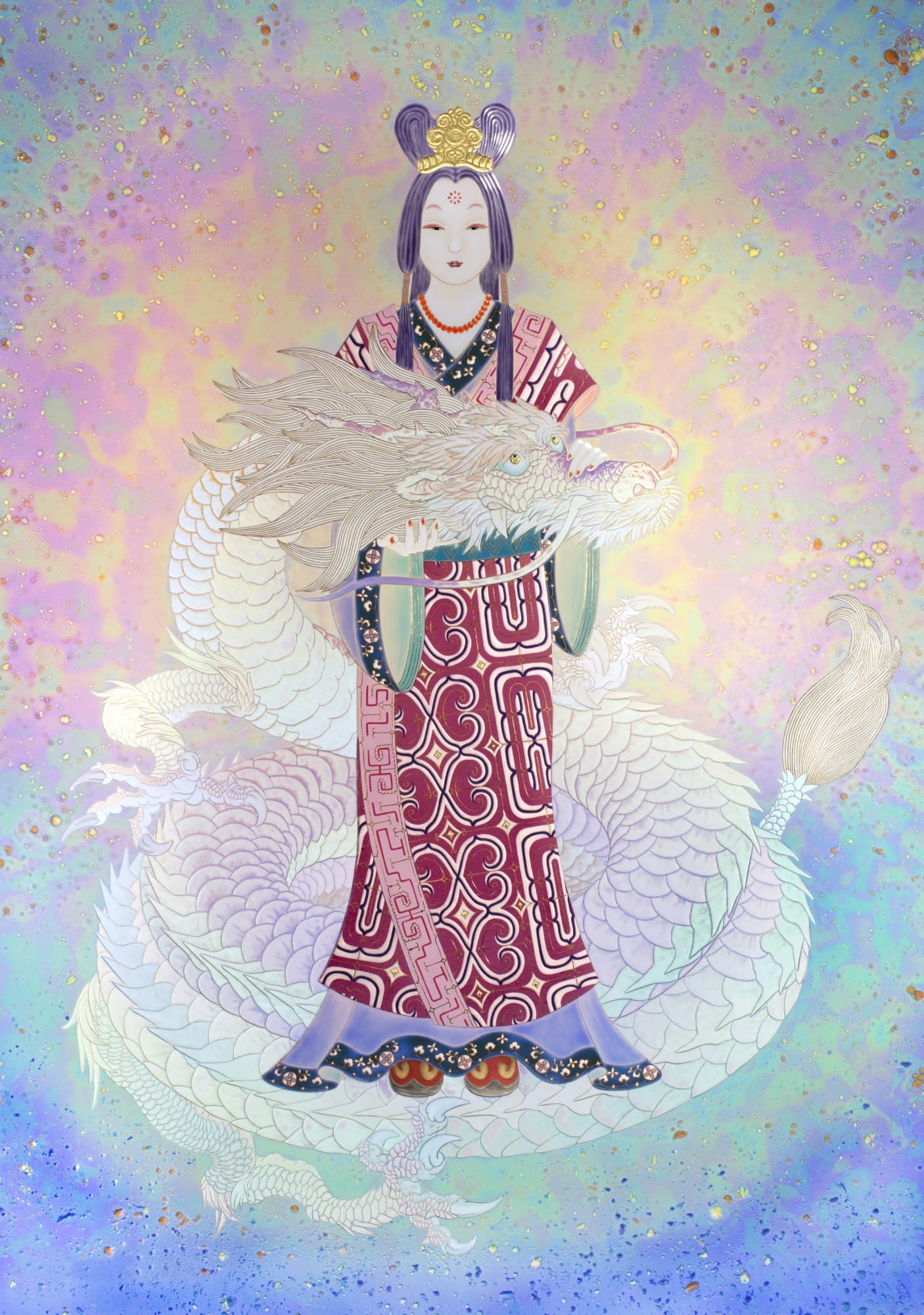
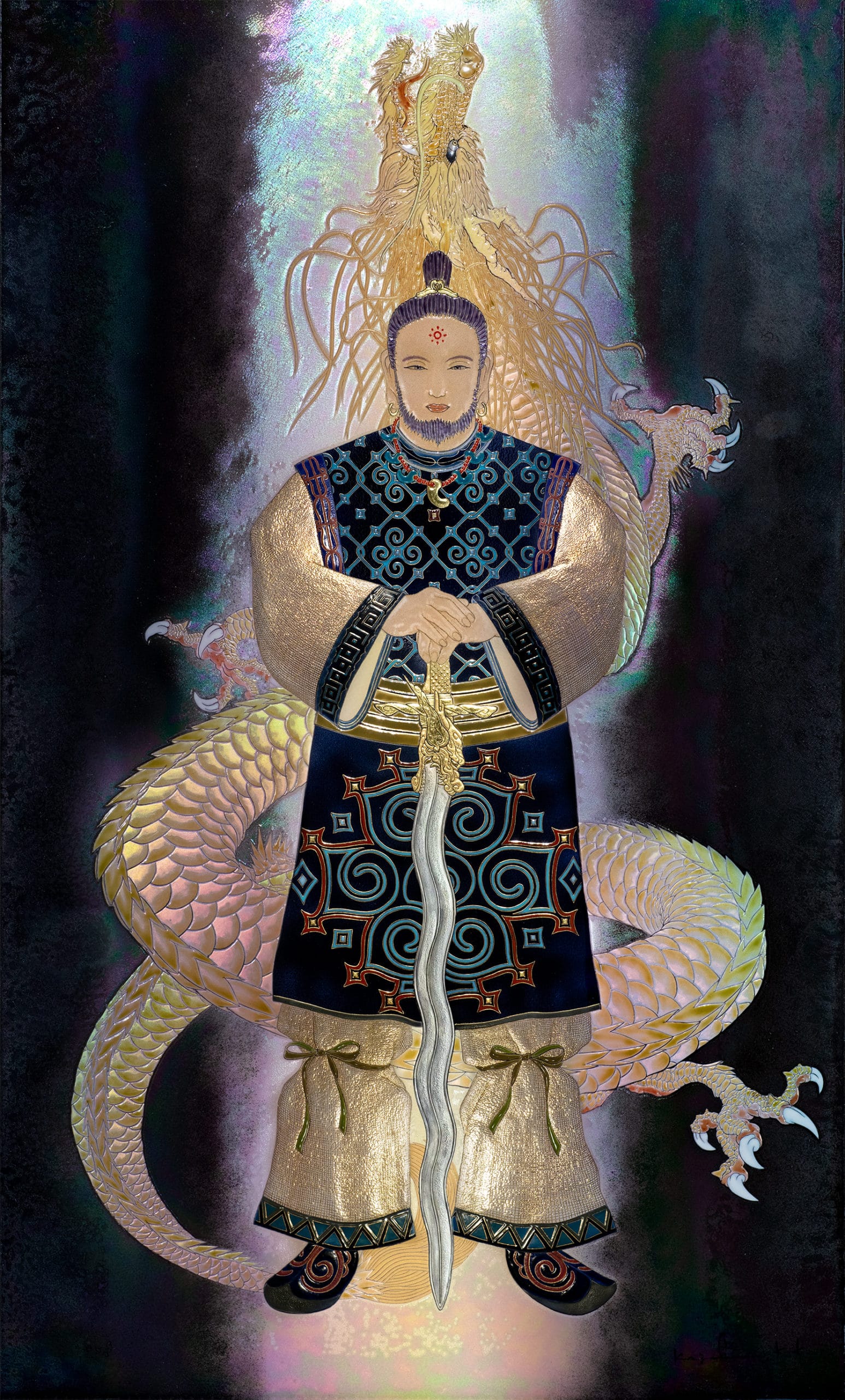
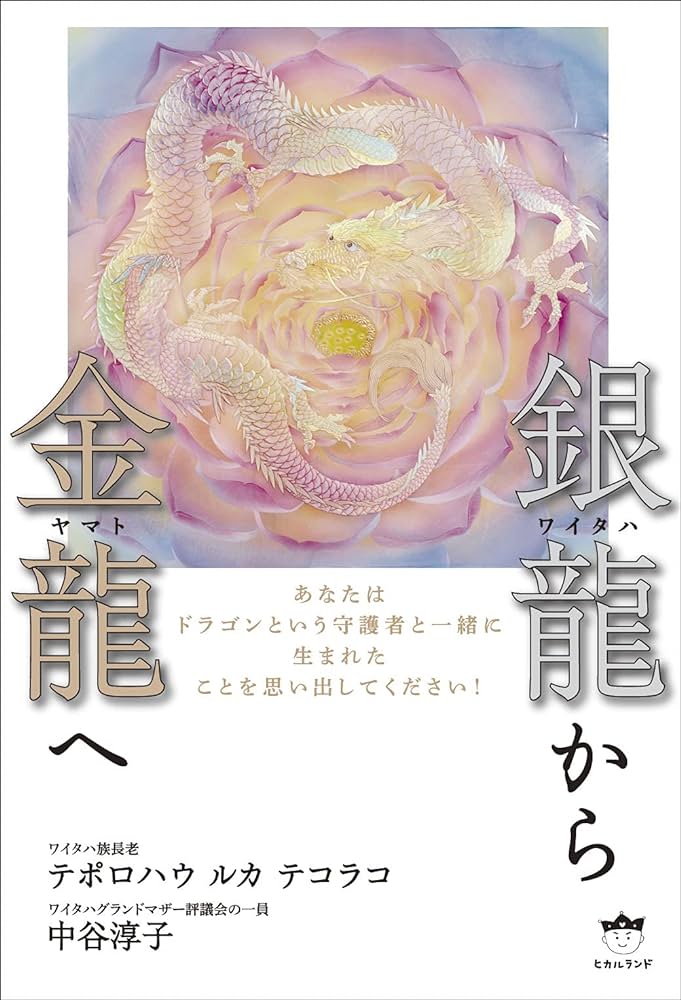
Kusaba Sensei was in attendance at the exhibition the day we visited. We were excited to be able to meet him in person, have him sign a set of postcards, and talk to him about the global rise of Dragons.
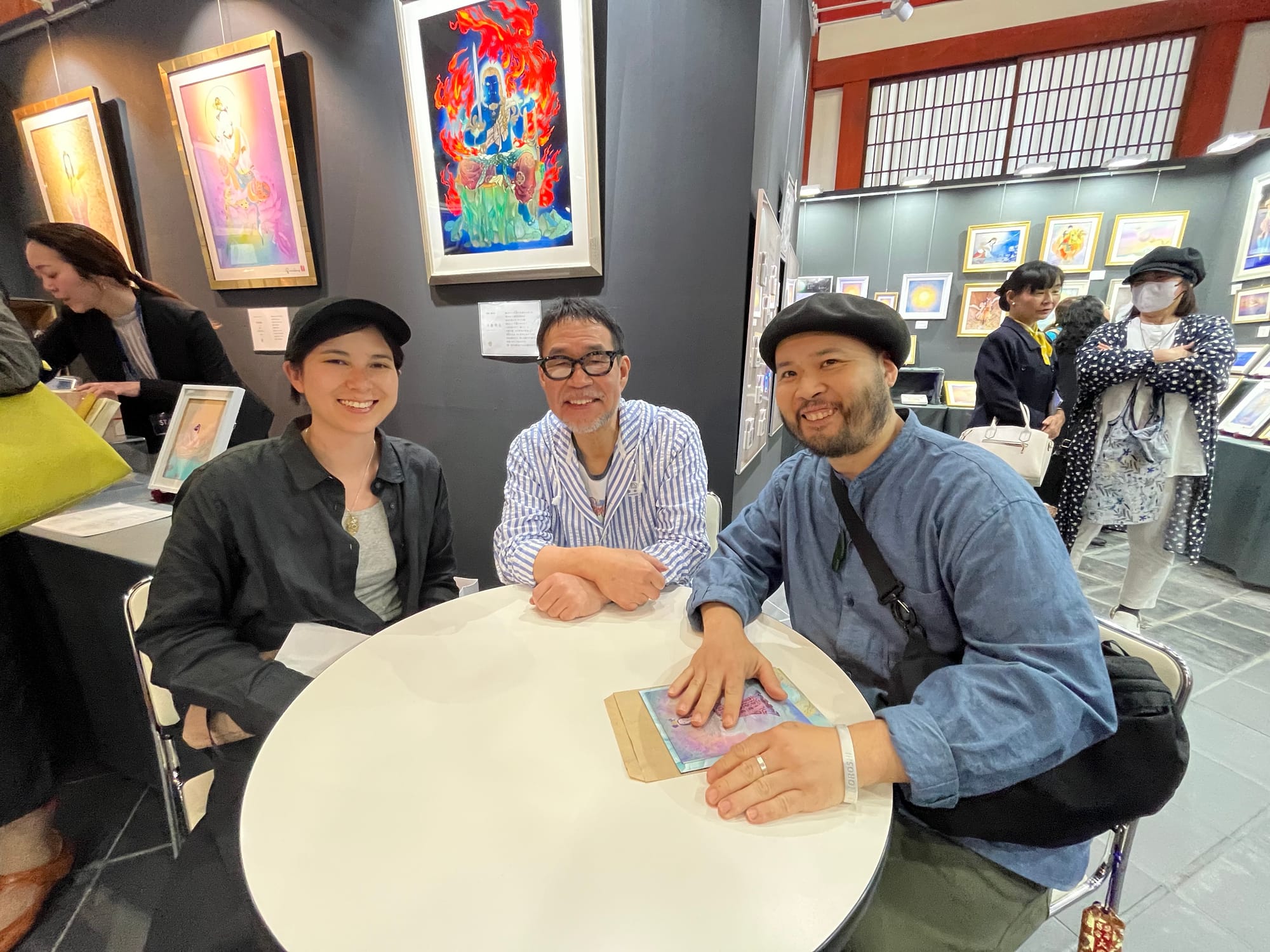
Meeting him was another special event for us that further confirmed that the twisting and turning Dragon path that has been guiding us since 2022 and eventually led us to Kyoto was the right one.
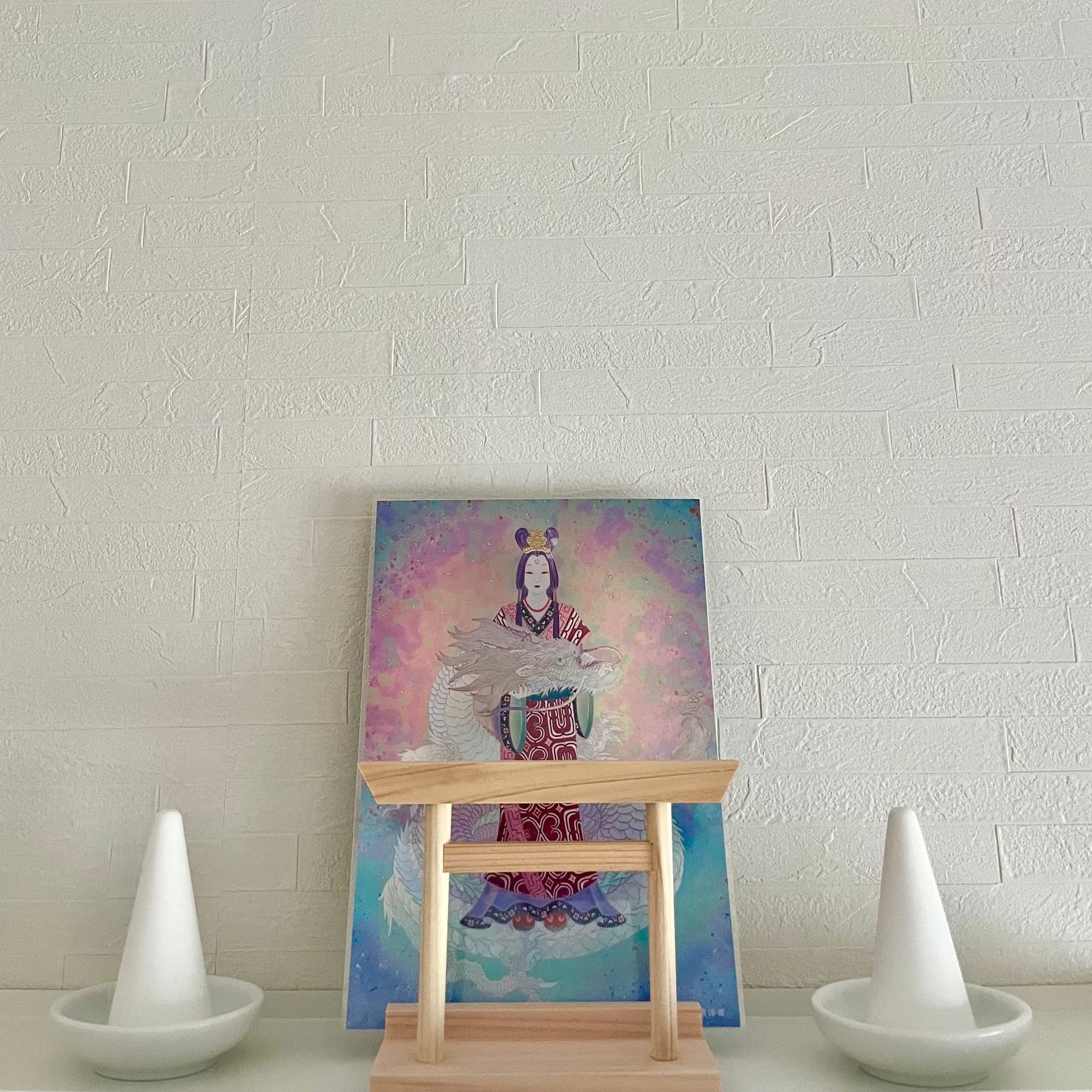
With that said, it's our pleasure to announce that we have the honour of calling a very historically important part of Kyoto, the Fukakusa District (深草) of Fushimi Ward (伏見), our new home!
As you can tell by its name, Fushimi Ward is spiritually anchored by one of Kyoto's most visited sacred sites: The Fushimi Inari Grand Shrine (伏見稲荷大社) and its Thousand Gates (千本鳥居). We are so excited to have one of Kyoto and the world's most visited sacred sites only a roughly 30 minute stroll from our home.
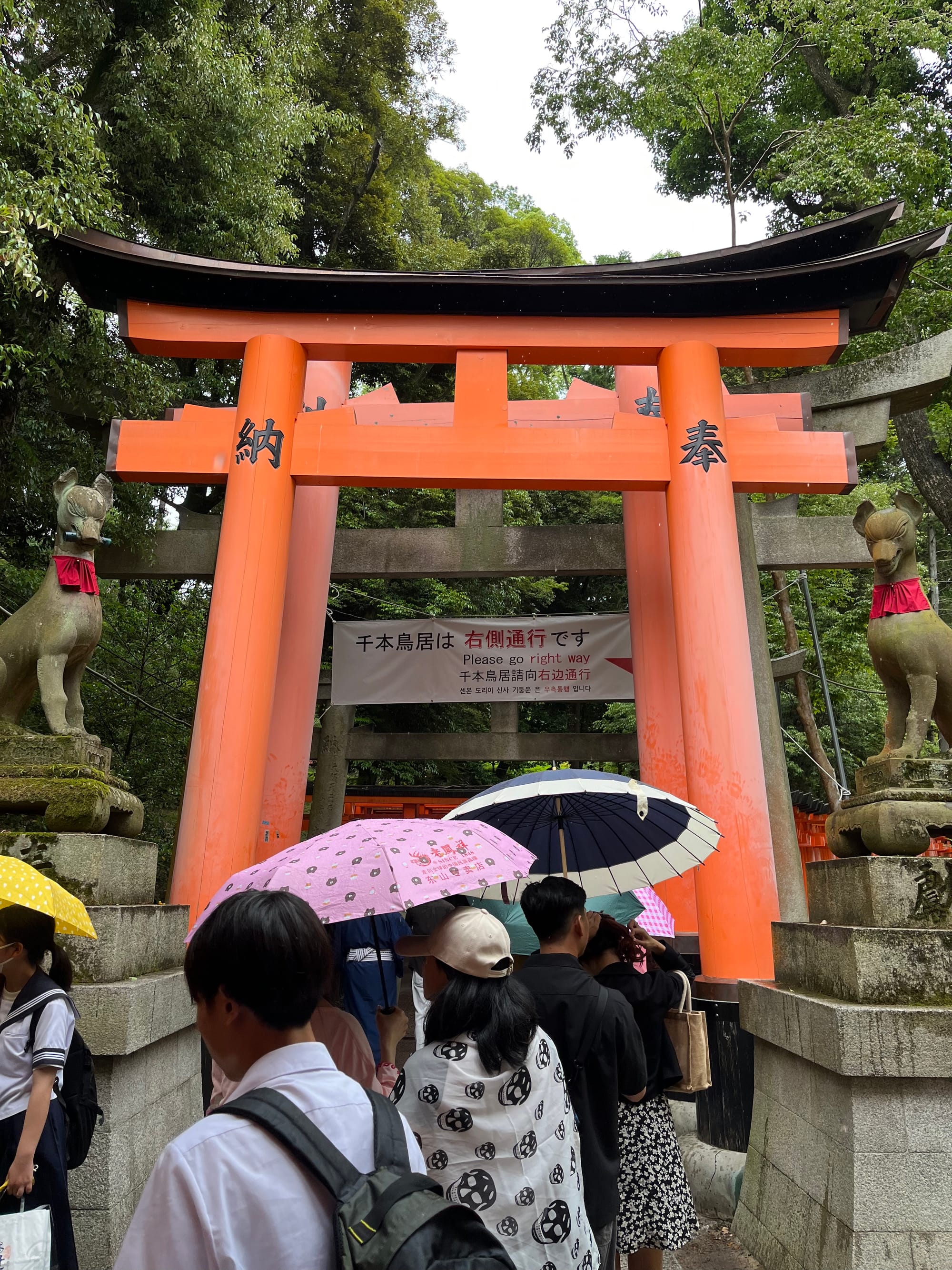
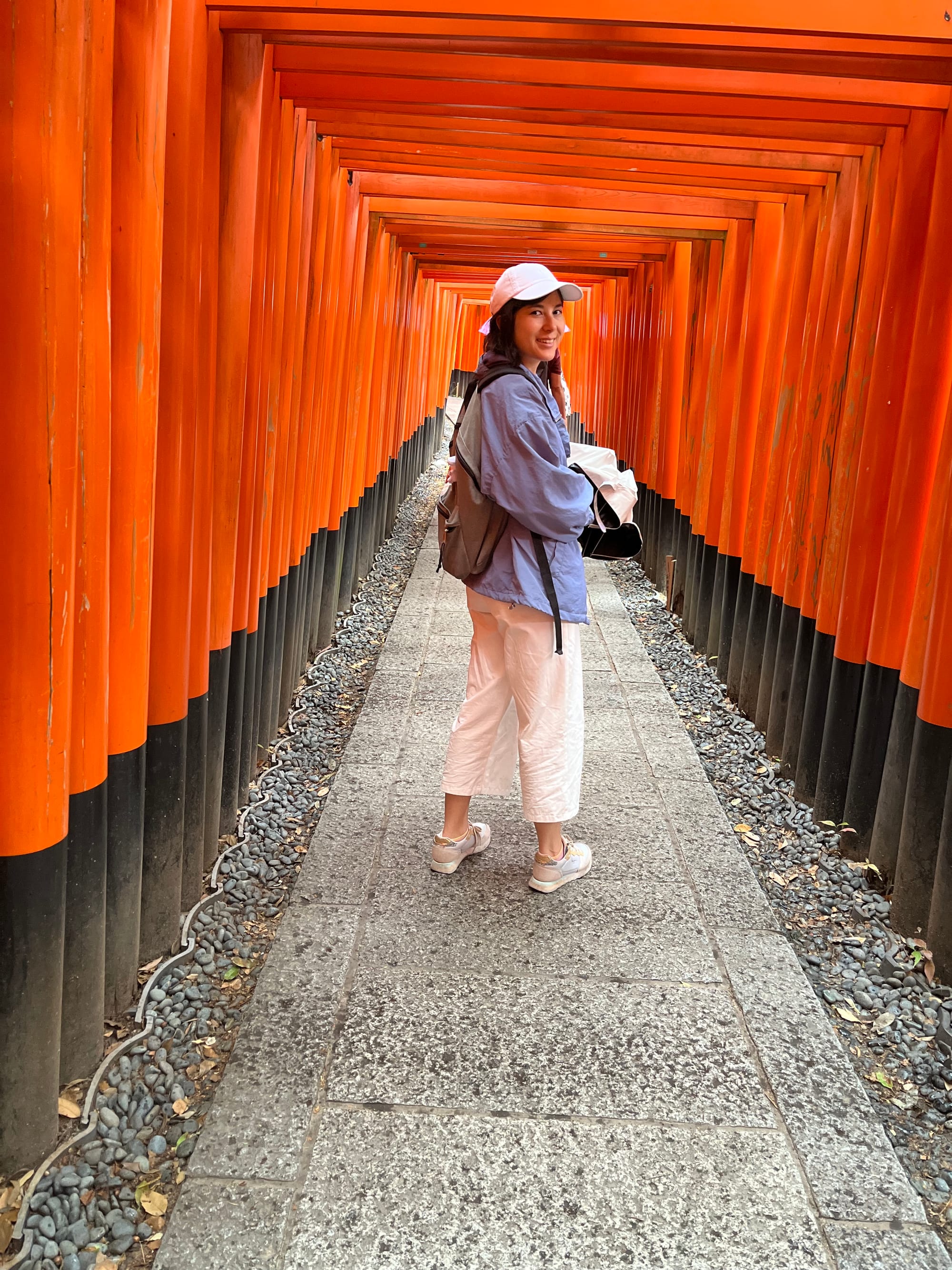
As we have discussed before in our previous article on the origins of the Sakura tree in ancient Israel, it is now known that the Hata (秦) clan, who built Fushimi Inari shrine (伏見稲荷大社) as their spiritual home in ancient Kyoto (京都), were part of a large network of expatriates of the Near East (Mesopotamia, Egypt, Israel etc.) that migrated in waves along the Silk Road over many centuries. They created various settler communities along the way, including the Qin (秦) dynasty of ancient China, with Qin referring to Rome or Persia, and the Silla (新羅) dynasty of ancient Korea, with Silla meaning "New (新) Rome (羅)", and eventually stationed themselves on these Far Eastern Islands to establish the foundations of the Japanese state, which remains unbroken without any dynastic change for over thousands of years to this day.
We will have a lot more indepth to share on this subject in the upcoming months as we plant ourselves in Kyoto. If you would like to take a peak of what's to come, here are some English-language sources about the Near Eastern roots of Japan.
Historian and Archaeologist Mis. Elka offers her analysis of the connections between the ancient Hebrews and the Hata clan who built Japan.
80th heir of Yamakage Shinto (山蔭神道), Hiroaki Omote (表博耀) offers his understanding of the Near Eastern origins of the traditions he carries.
An introductory series on the origins of the Shinto in the Lost Tribes of Israel.
Finally, we would like to bring this update to a close by taking a moment to honor the spirits of the Lands we now live on by introducing our local shrine, Fujinomori Jinja (藤森神社).
Known for its Hydrangea gardens, Fujinomori Shrine is said to have been established as a sacred site by Empress Jingu (神功皇后) over 1800 years ago, even before Kyoto was designated as the capital of Japan.
The Annual Hydrangea Festival at Fujinomori Festival
The main annual festival of Fujinomori Festival is the Fujinomori Festival held on May 5th. Its central attraction is a horse racing ritual to symbolize the victory and courage of young warriors. Fujinomori Festival is also the origins of Children's Day (子供の日), a public holiday observed across Japan on the same day.
We happened to miss this year's Fujinomori Festival as our attention was totally taken up by our task of unpacking and preparing the new home - although we did wonder what the loud festive music that we could be heard from our balcony throughout the day was all about.
We learned late in the afternoon, towards the end of the festival, that we had sadly missed the Fujinomori festval for this year.
As we were left feeling glum and even slightly ashamed for missing the annual festival of our new neighbourhood, we heard very loud noises of live music and chants coming from the street in front of our home. When we rushed out, we were greeted by a mikoshi parade (神輿) that originated from Fujinomori Jinja, traveling around the neighbourhood to bless the homes in the area.
A few days later, we had the opportunity to make a proper pilgrimage and receive protection and blessings of Fujinomori shrine.
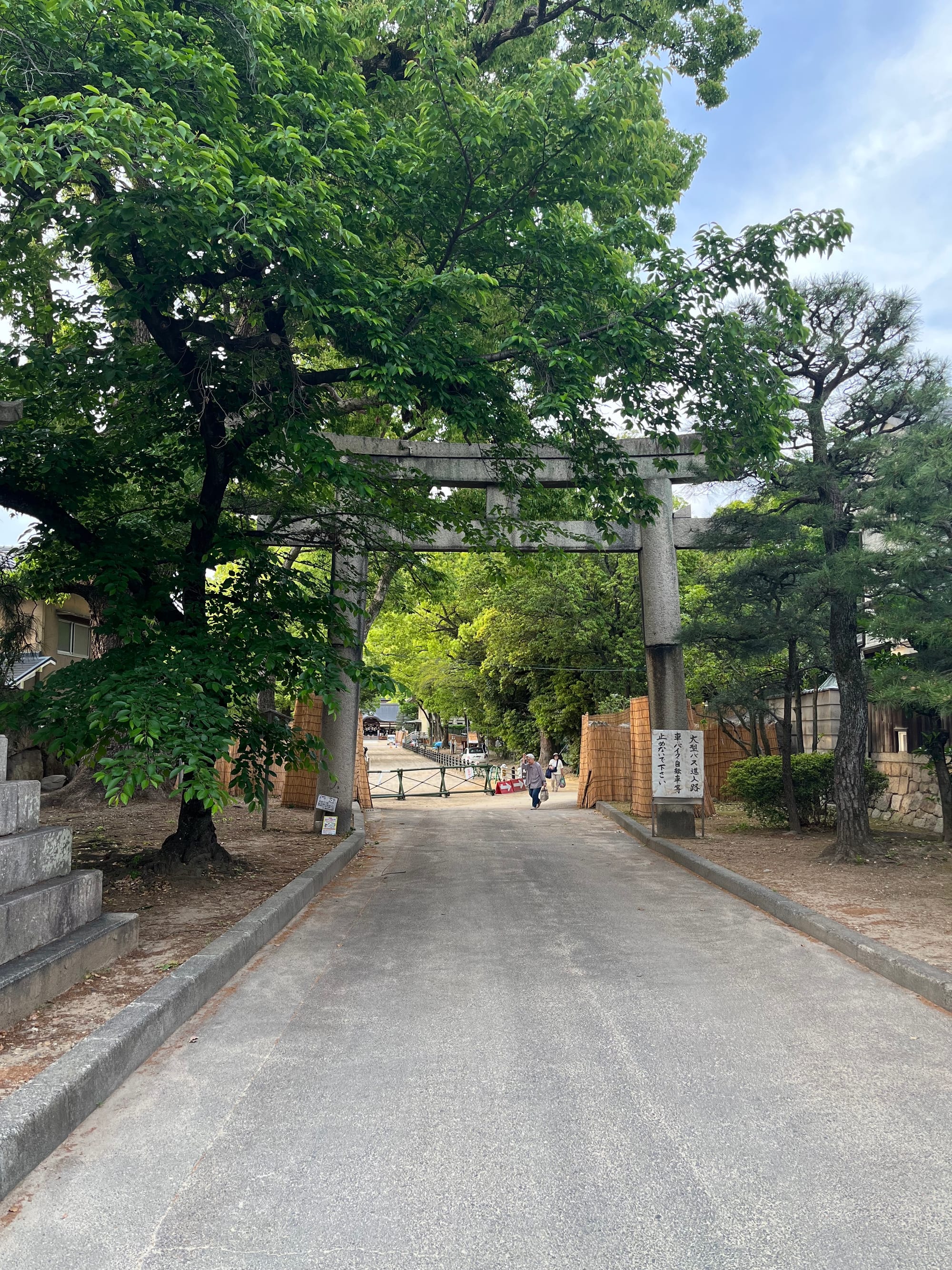
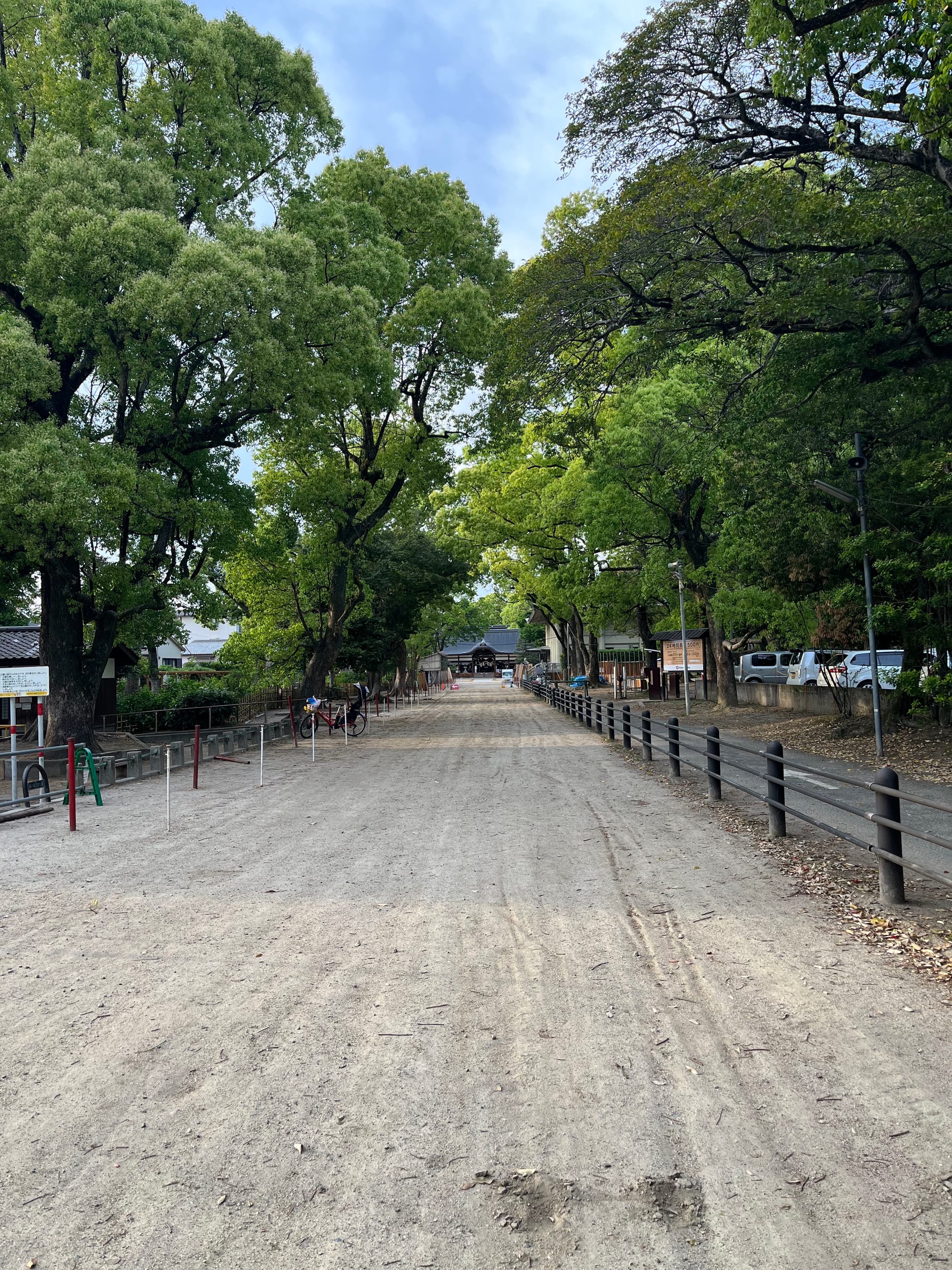
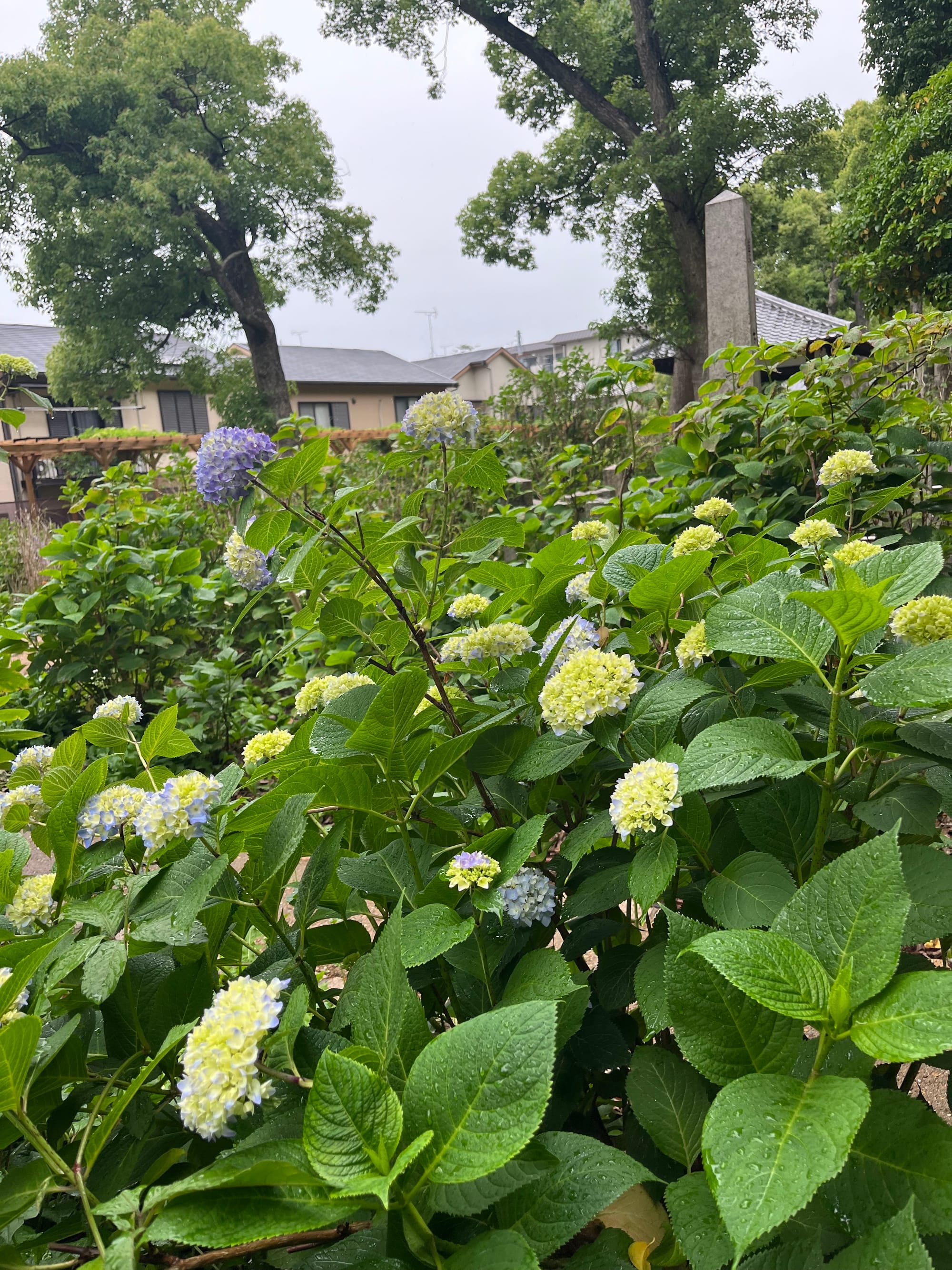
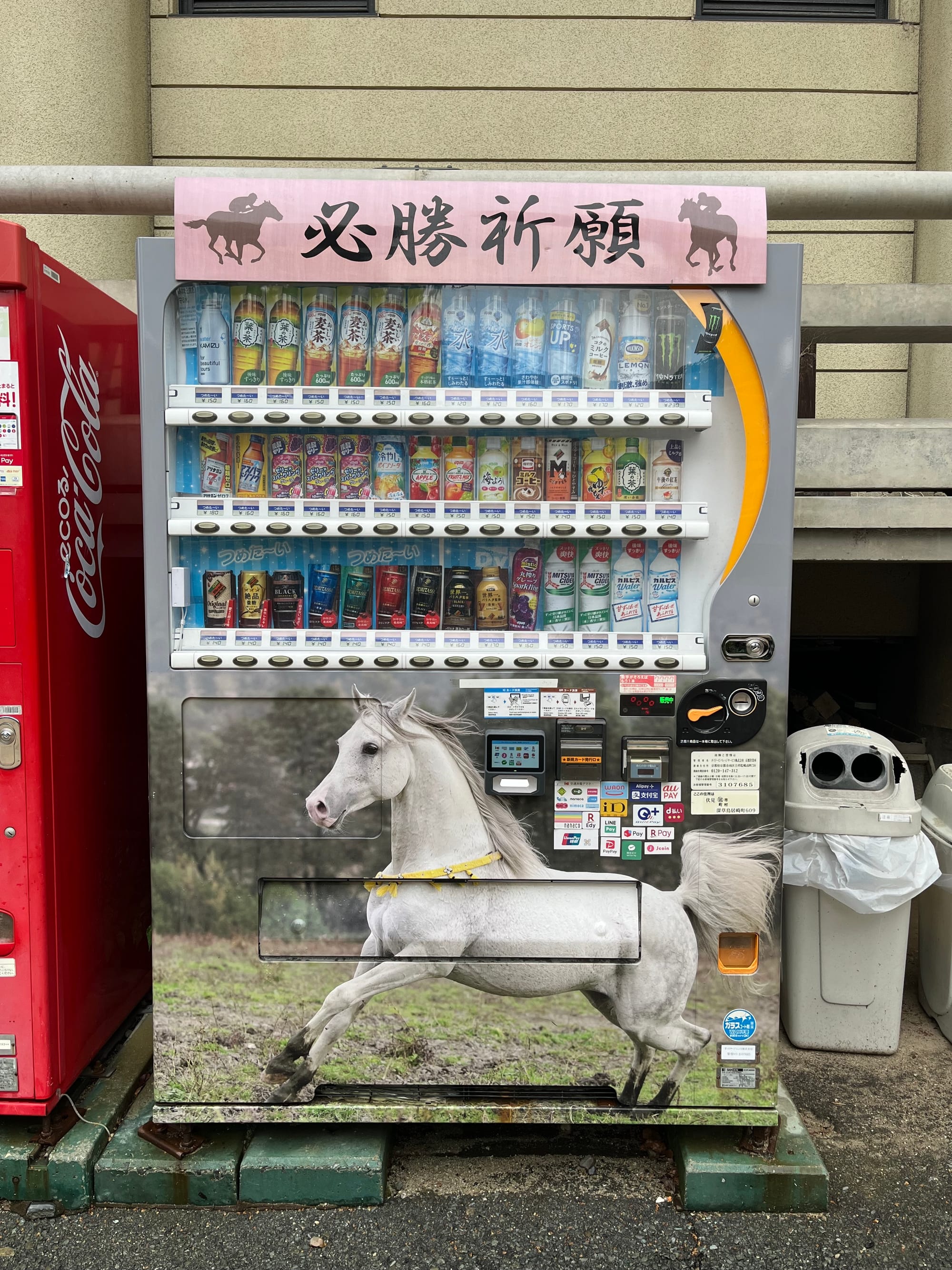
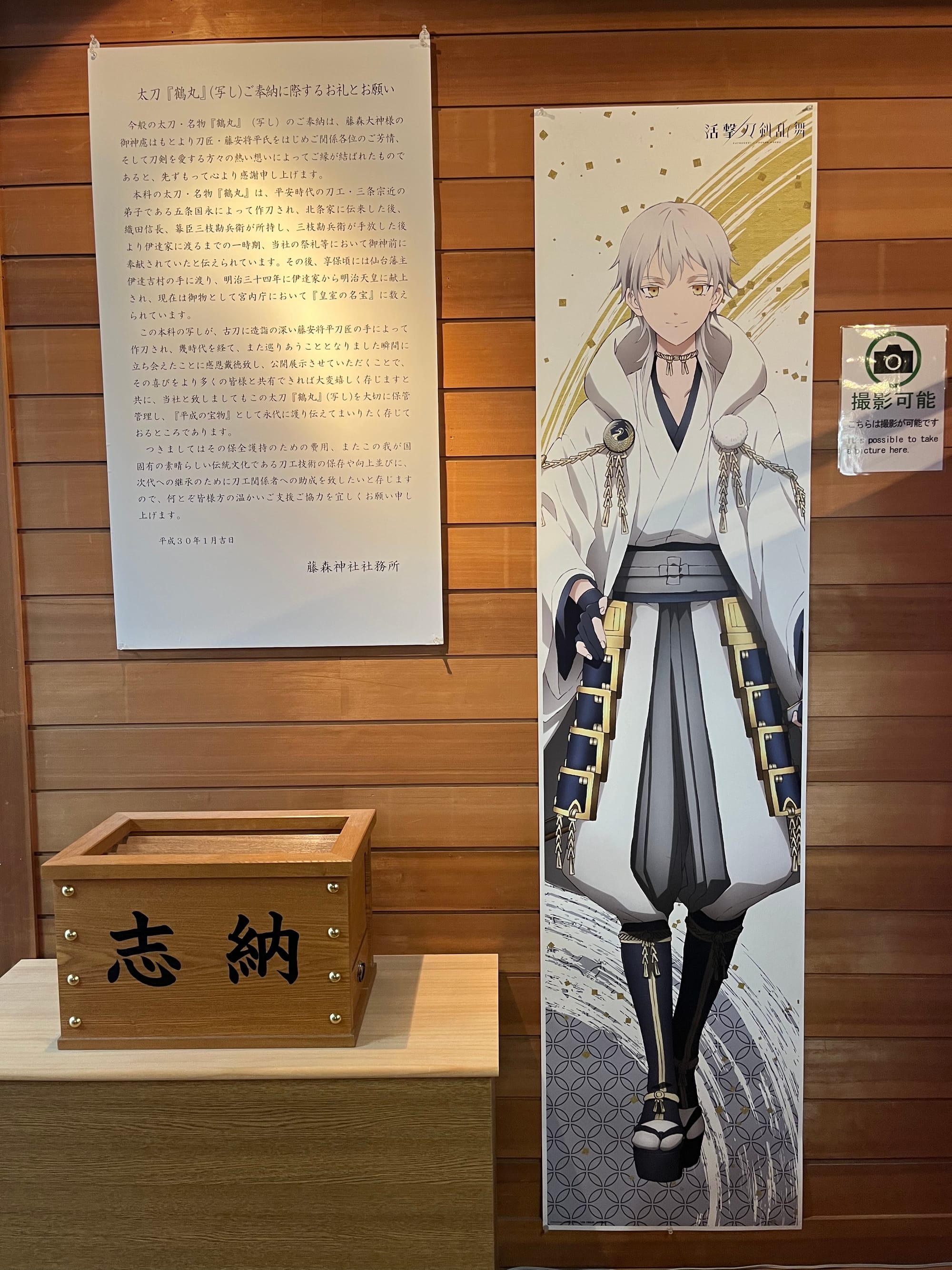
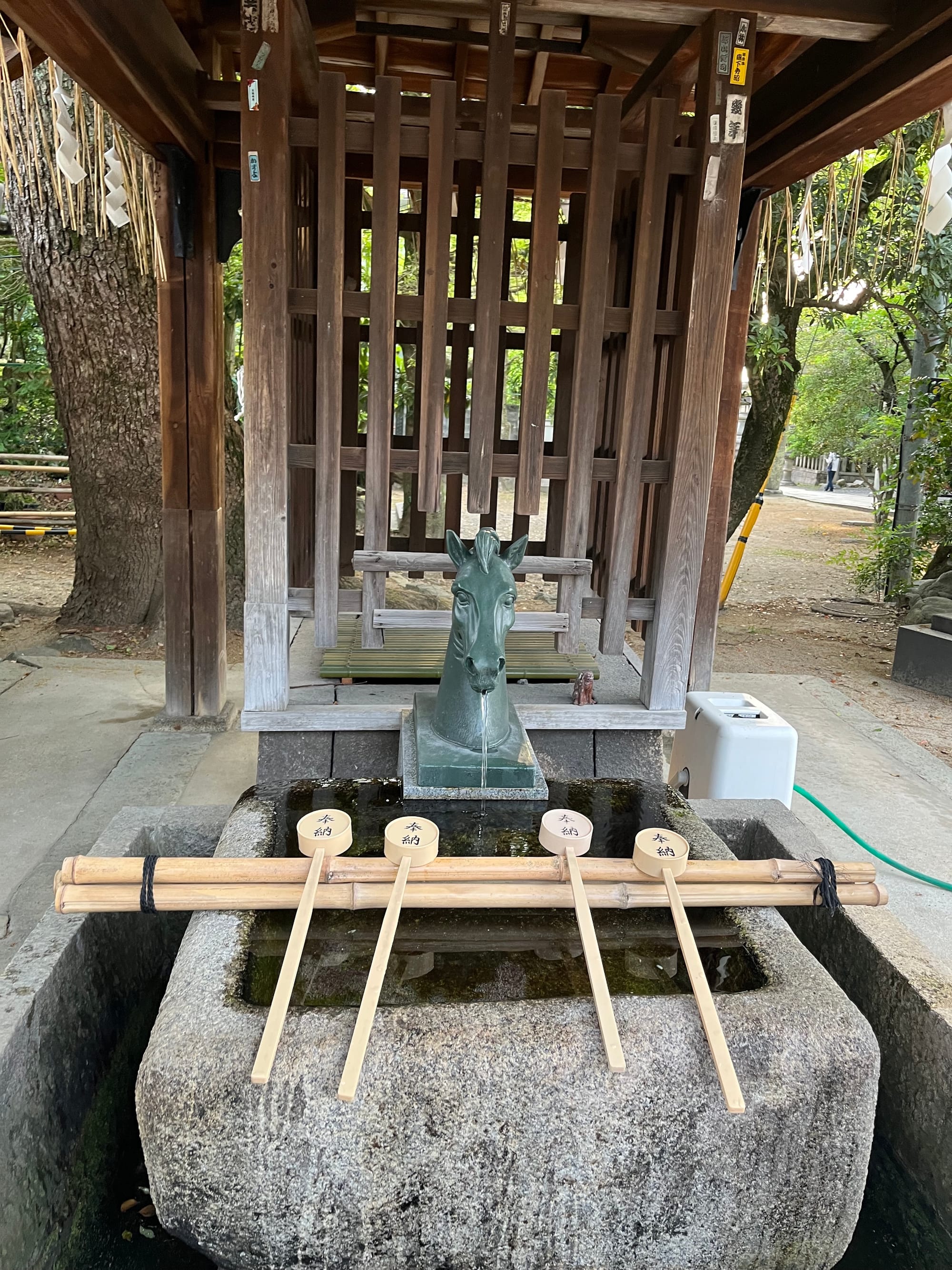
The Kagura (神楽殿) sacred dance pavilion.
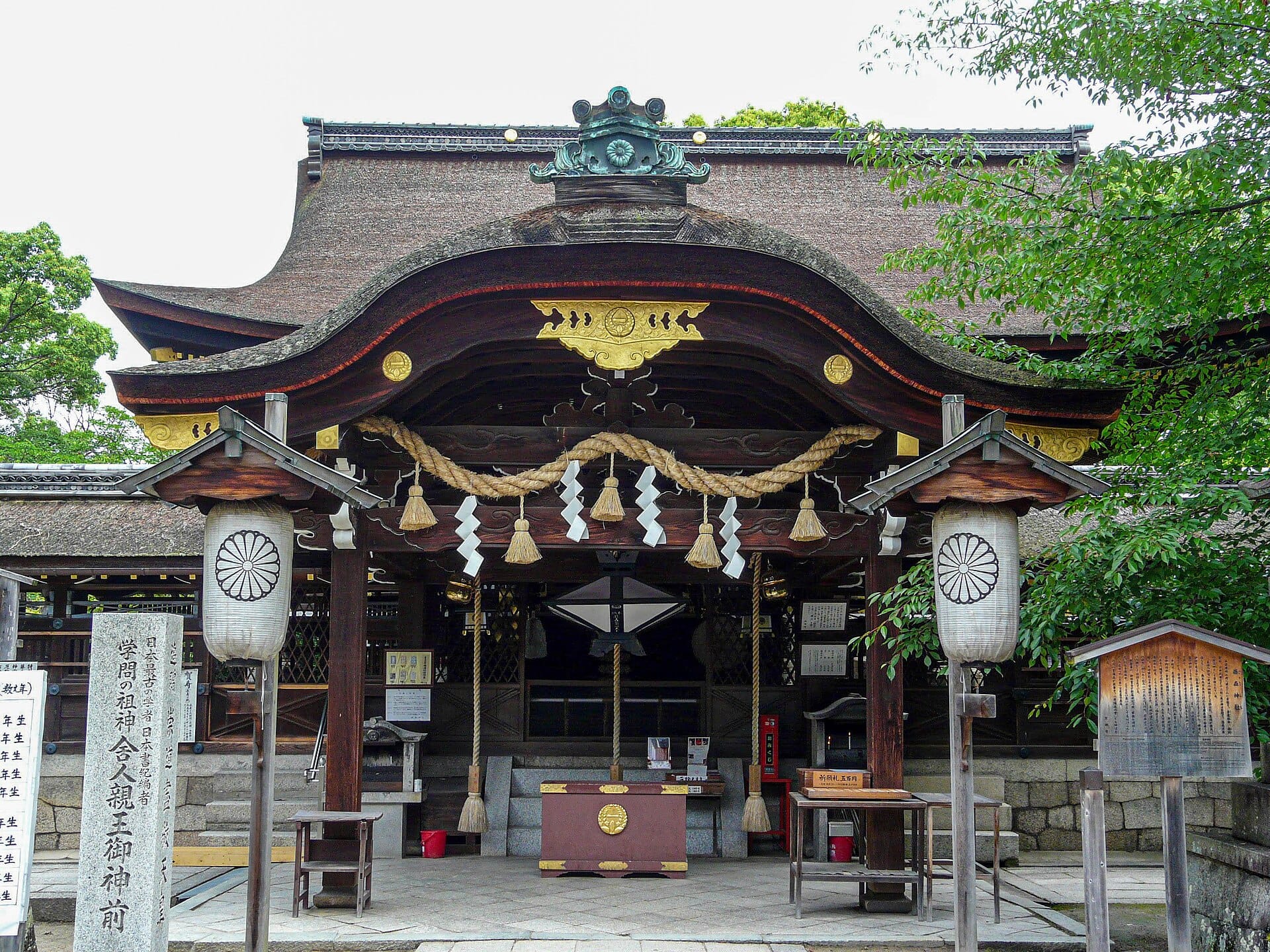
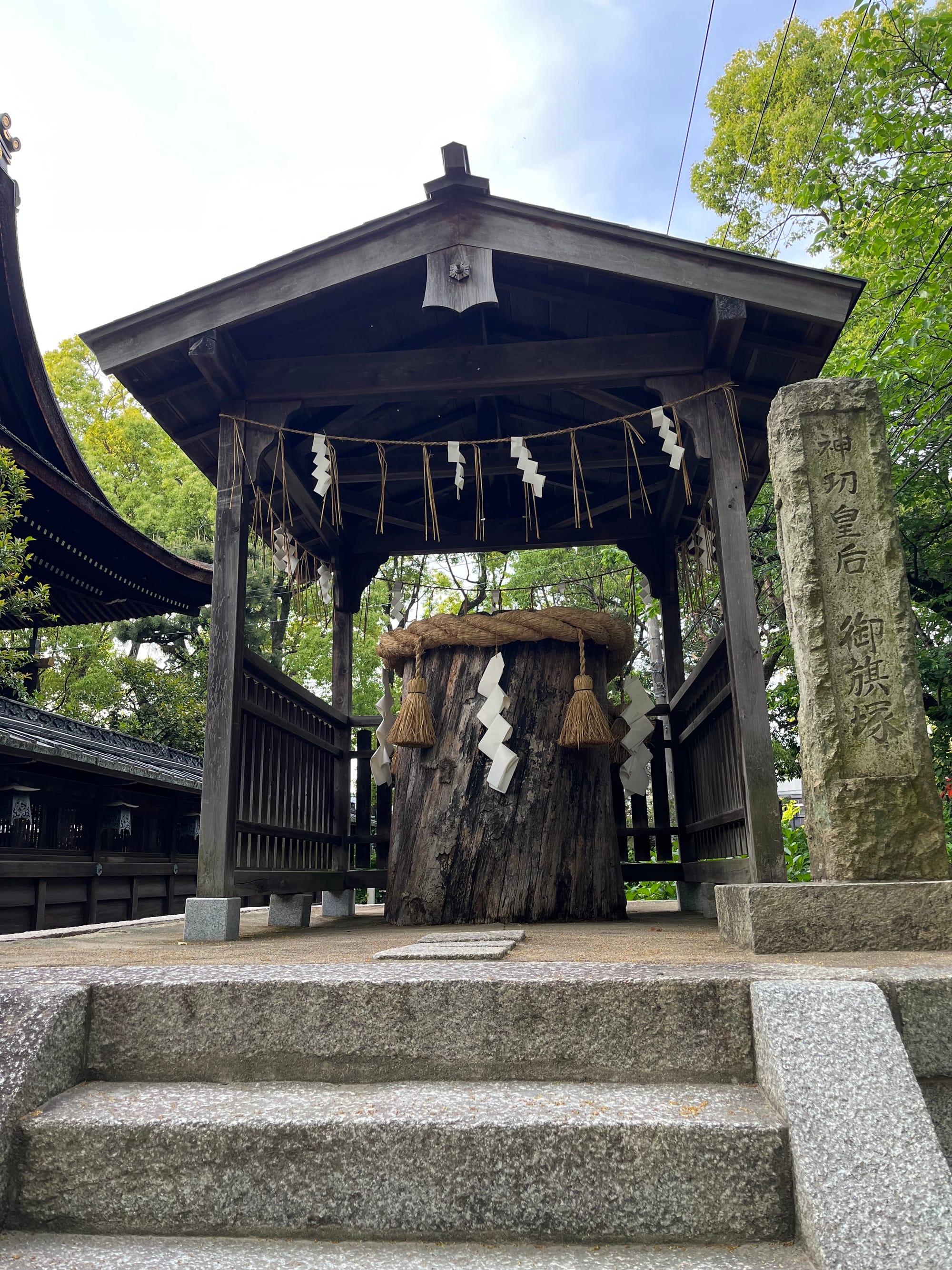
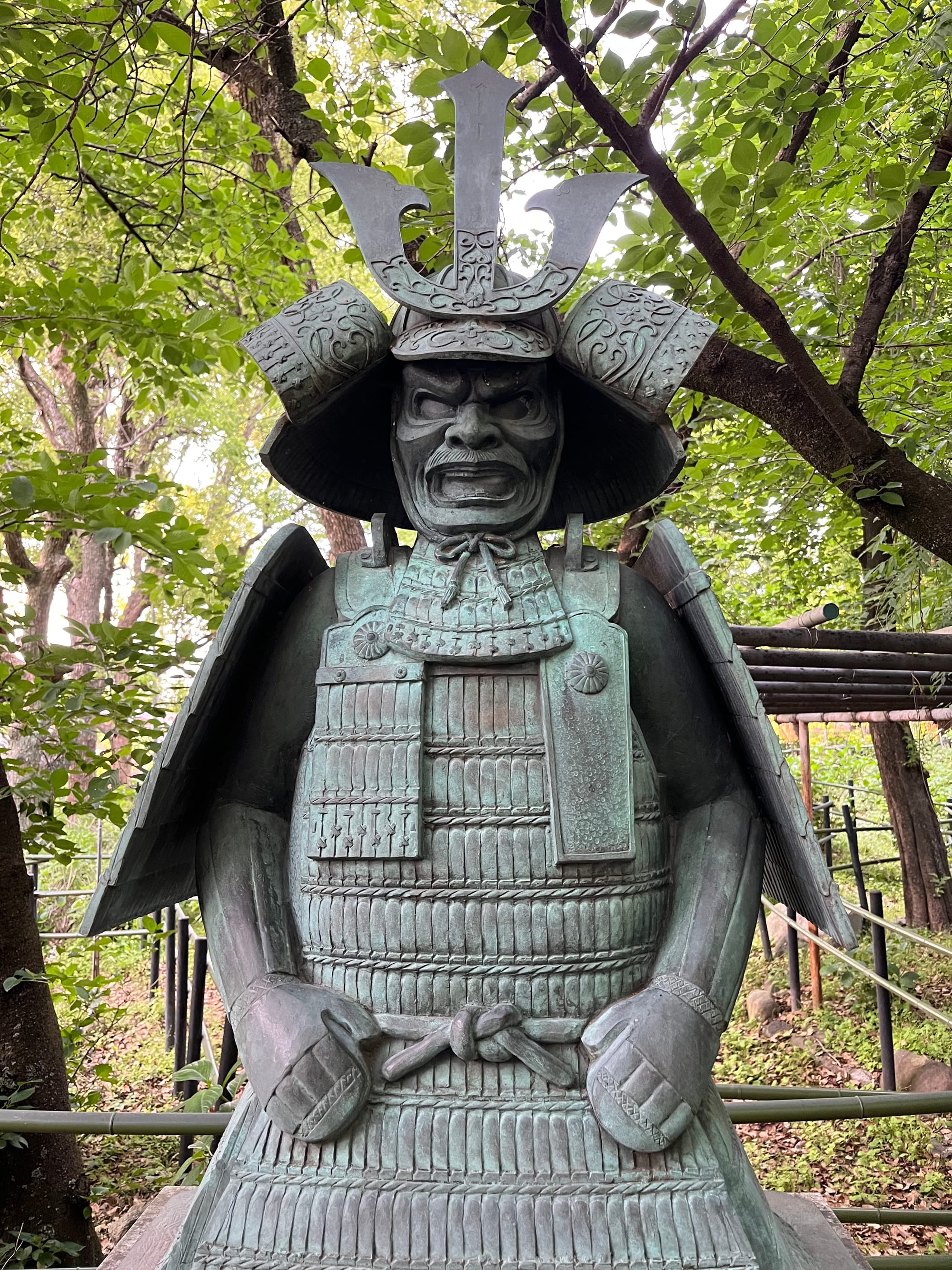
Thank you for reading for our little update from Kyoto.
Please stay tuned for our upcoming channels for the Summer Solstice that we are currently working on as well as other channels that will further explore the mystical history of Kyoto!
Introducing Algolunmu
This Year of the Dragon, 2024, is a transformation apex for humanity.
We have beta-released our new project, Algolunmu (愛龍合龍夢), in order to help others who are following their Dragon Path (龍道・Lundao) through this year.
Meaning "The Cosmic Algorithm of Dragon's Love", Algolunmu is a subscription-based service that connects you with the Dragons we encounter through channeling artworks and pilgrimaging to sacred sites.
Below are some of the blessings that you may receive through Algolunmu:
🪞 龍神厄除・Protection from toxic spirits and algorithms.
🪢 龍縁成就・Building and protecting good online and onland relationships with other Dragon-loving people.
🥋 龍身健全・Health of both your physical and virtual Dragon Body.
🐉 龍願成就・Success in your online and onland enterprises that are aligned with the Dai Lunxin's desires for the world.
